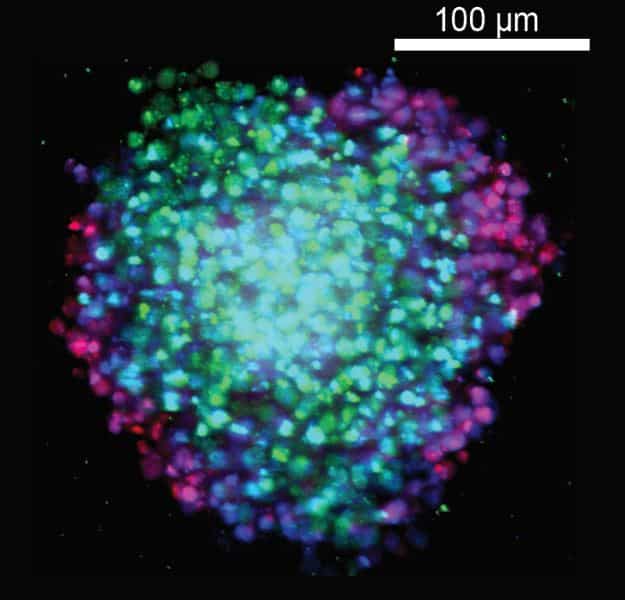3D Screening of Anti-Cancer Drugs Employing Cell Aggregates
The continuing push towards precision oncology stems in the toxicities incurred by untailored utilization of chemotherapies and small clinical inroads attained from hereditary signatures and patient-specific biomarkers. Even though the usage of patient-derived xenografts in preclinical models provides a guarantee, technical challenges and changeable predictive accuracies restrict widespread adoption of the tactic.
Also, the very process of discovering, developing and pitching a one-drug to the market takes tens of years, not to mention cost millions of dollars. And more often than not, these drugs go useless due to a variety of reasons and we are back to square one looking to find/discover more of them.
As researchers delve deeper and learn more about the disease itself, bigger becomes the need for us to find smarter cancer drugs that could outwit these madly multiplying cells thereby blocking the growth and spread of tumors.
In this direction, scientists at The Scripps Research Institute have now reported a unique technique that could be used to screen these cancer drugs employing tiny, three-dimensional ball-like aggregates of cells called spheroids.
“We can now do studies using a form of cancer cells that is more physiologically relevant and better recapitulates how these cells appear in the body,” says Timothy Spicer, director of Lead Identification Discovery Biology and High Throughput Screening on Scripps Research’s Florida campus and one of the study’s corresponding authors.
“Until now, most of the research to screen for cancer drugs has used cells that are growing flat on a plate,” adds Louis Scampavia, director of HTS Chemistry and Technologies at Scripps Research and one of the study’s co-authors. “With these 3-D spheroids, we emulate much more closely what’s found in living tissues.”
100 to 600 microns in diameter, these spheroids mimic what might happen in a tumor in contrast to single layers of cells that are regularly used in the screening process, which tend to all grow at the same rate because they get the same exposure to oxygen and nutrients.
In the new paper, the researchers concentrated on a cancer-driving protein named KRAS. The KRAS receptor along with other members of the related RAS gene family are found to be mutated in nearly one-third of cancers.
They’re common in lung cancer, colorectal cancer, and especially pancreatic cancer. In fact, around 90 percent of pancreatic cancers have been driven by KRAS mutations, and the researchers utilized pancreatic cancer cell lines for the present study.
“In the past, KRAS has been a very tricky protein to target. People have spent several decades trying, but so far there has been little success,” says Joseph Kissil, Ph.D., a professor at Scripps Research Medicine and the other co-corresponding author. “The KRAS protein is relatively small, and that’s made it hard to attack it directly. But the method of screening that we used in this study allowed us to come at the question in a different way.”
The team performed a phenotypic screen, to look for drugs that had an effect on cell growth, but didn’t have a preconceived idea about how they might work. “We came at this in an unbiased way,” Kissil explains. “We were not trying to design something to attack a specific part of the KRAS protein. We were just looking for something that acted on some part of the pathway that’s driving cell growth.”
The investigators report in the paper they’ve already identified one compound that was previously not known to influence KRAS, known as Proscillaridin A. The compound was found to be similar to a class of drugs normally used to treat certain heart conditions.
Even though the team states this particular medication is unlikely to be developed as a cancer therapy, it validates the approach of running drug screenings using spheroids.






























